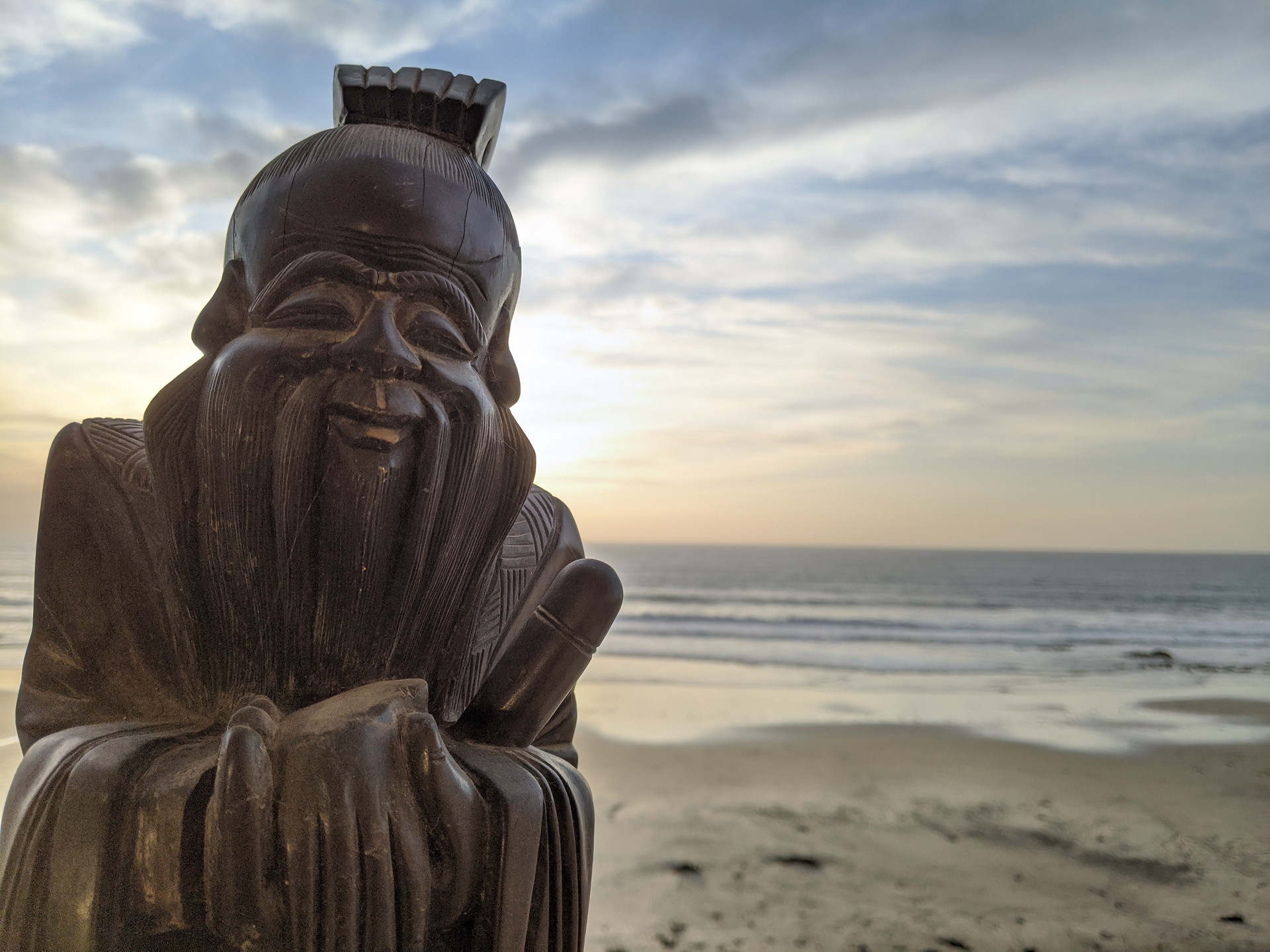
Snapseed is among the best photo editor apps around. Google purchased the company responsible for making Snapseed back in 2012. Since then, its popularity has continued to increase. It is known for its simplicity and abundant feature set. The app is also free, so you might as well give it a go. The only tricky part is learning how to use Snapseed, which is what this post is all about.
Modern smartphones can take stunning photos, but any photographer will tell you taking a shot is only half the battle. Editing is a fundamental part of the photography process, as it can turn good shots into stunning imagery.
We will take you through the editing process of a single image shot with a smartphone, using the most important settings. We won’t cover all options available in Snapseed. That would require more time and involvement. Instead, these Snapseed image editing tips and tricks are meant to get you started with the basics, upon which you can improve as you learn more about editing and photography.

I wanted the image to be a general photo any person can shoot, so I took a quick snapshot of a wooden statue I keep at home. No overthinking, no lights, no reflectors, no nothing. This is a simple shot we can turn into something awesome through the power of photo editing.
I am no fan of presets or filters, but there is no denying they make life easier than learning a plethora of editing parameters. After importing an image into Snapseed, you will see a tab at the lower-left corner that says LOOKS. Tap on it and look through Snapseed’s filters.
In addition, you can go to the TOOLS tab and find the HDR Scape, Glamour Glow, Drama, Vintage, Grainy Film, Grunge, Retrolux, Noir, Portrait, Lens Blur, and other special effects.
These automated edits may be all you require, or it could be a good starting point you can further fine-tune. As for me, I will keep the original image and edit to my liking.
The first step to take is to fix exposure to your liking. Your phone isn’t always smart enough to correctly measure lighting. Even if it does, you might want an image to be darker or brighter for creative reasons. Snapseed has a way to fix this problem. Tap on the TOOLS tab and select Tune Image.
Also read: Photography terms explained: ISO, aperture, shutter speed, and more
You can edit parameters like brightness, contrast, saturation, highlights, shadows, and more. Drag your finger up and down to select which parameter to edit. Then drag your finger left and right to edit whichever parameter you chose.
I want to make the image a little brighter, to make everything look more clear, but I also wanted exposure to be uniform across the frame. To accomplish this I lowered the contrast and highlights, while increasing the shadows. Being at the beach, I felt a warmer tone would also give the photo a special touch, so I increased the warmth by a bit.
Ambiance is a special type of contrast that can balance exposure in a photo. It can create an unnatural look if overdone, so I usually don’t play around with it too much. I use it very slightly when I do. This time I increased it by 10.
Here are the changes so far. Not too shabby, but there is much more that can be done to improve it.
01/12/2019 08:00 PM
01/12/2019 02:00 PM
01/12/2019 08:00 AM
01/12/2019 04:03 PM
01/12/2019 07:00 PM
01/12/2019 07:16 AM
01/12/2019 12:00 PM
2014 © Canadian apps and news